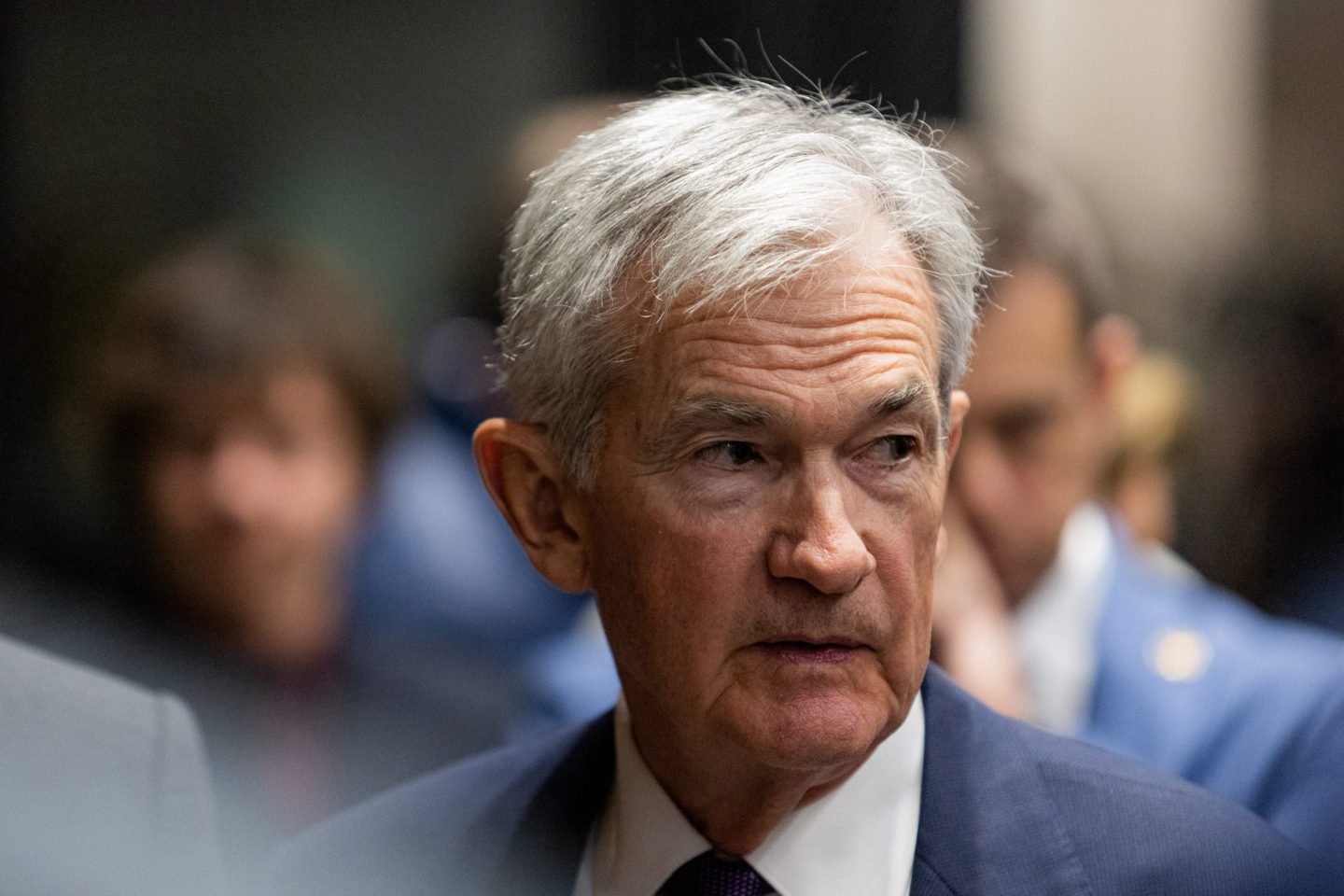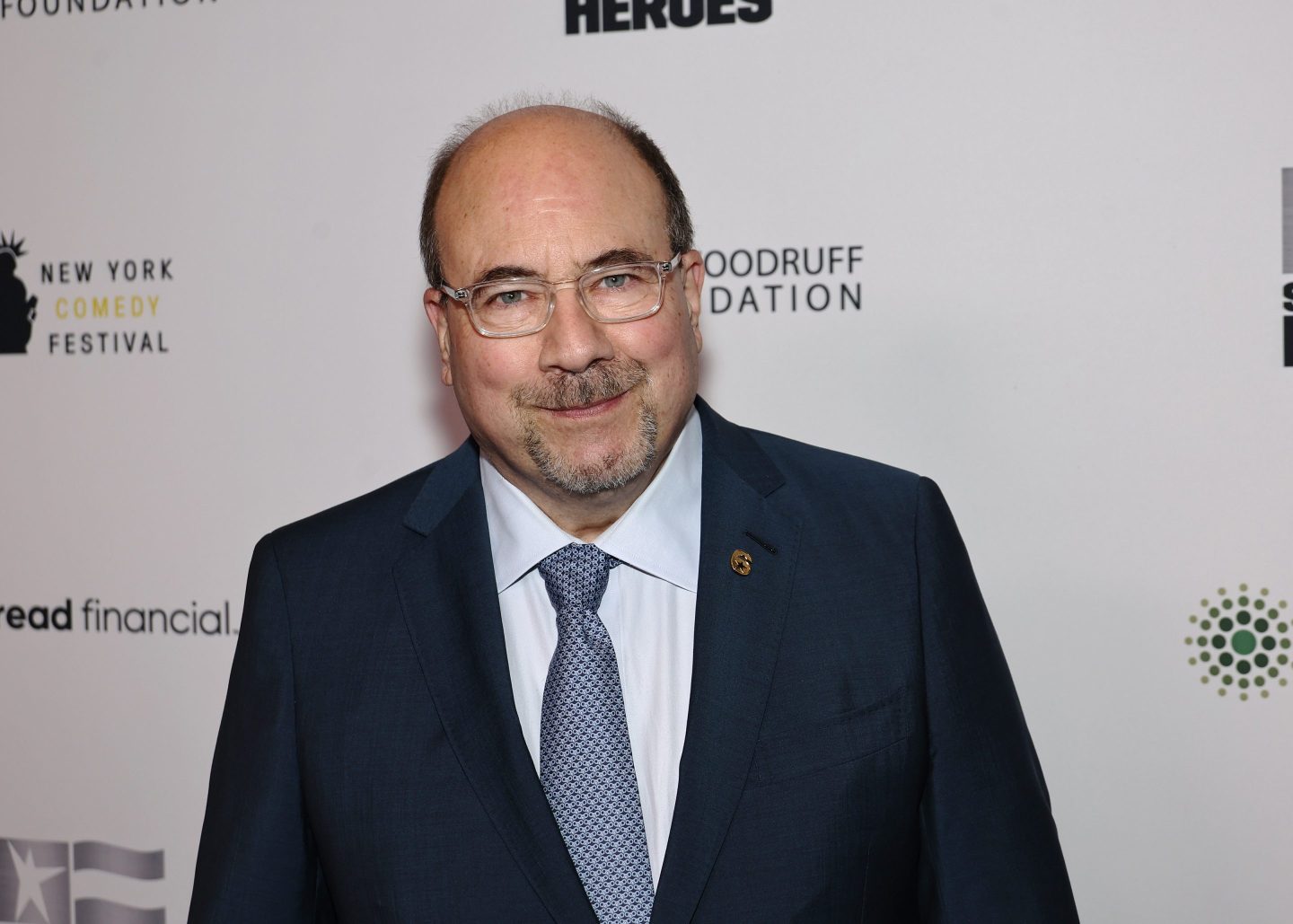A “blowout jobs report” pushed the unemployment rate to a 53-year low of 3.4% in January, and despite persistent inflation, consumers keep fueling the economy with robust spending. Normally, that would be great news, but St. Louis Federal Reserve President James Bullard said Wednesday it means the fight against inflation is far from over.
Fed officials have raised interest rates eight times over the past year in hopes of cooling the economy and taming red-hot inflation, and they’ve managed to slow year-over-year consumer price increases from a 40-year high of 9.1% in June to 6.4% last month. Fed Chairman Jerome Powell even mentioned the word “disinflation” 13 times in his early February press conference, striking a far more optimistic tone than he did in 2022.
But Bullard cautioned Wednesday that the latest labor market and retail sales data show that “the U.S. economy is stronger than we previously thought,” which could lead to a “tougher road ahead for disinflation in 2023.”
“Let’s hope that we get disinflation in 2023, but right now it [the economic data] came in hotter than we thought,” he told CNBC Wednesday, arguing the Fed’s benchmark interest rate will need to move “north” of 5%.
While Bullard expressed confidence in the Fed’s ability to ultimately defeat inflation, he also argued that officials should raise rates aggressively now, or the U.S. economy could see a repeat of the 1970s—when year-over-year inflation rose as high as 12%, destroying Americans’ purchasing power.
“Our risk now is inflation doesn’t come down and reaccelerates, and then what do you do? We are going to have to react,” he said. “If inflation doesn’t start to come down, you risk this replay of the 1970s…and you don’t want to get into that. Let’s be sharp now, let’s get inflation under control in 2023.”
Other members of the Fed have also warned against being too lenient in the fight against inflation. Cleveland Federal Reserve President Loretta Mester said last week at a conference in Sarasota that she sees a “compelling economic case” for faster interest rate hikes.
“It’s not always going to be, you know, 25 [basis points],” she told a group of reporters, the Wall Street Journalreported. “As we showed, when the economy calls for it, we can move faster. And we can do bigger [interest rate hikes] at any particular meeting.”
Later that week, Mester added at a Global Interdependence Center conference that, like Bullard, she believes Fed officials will have to raise the benchmark interest rate above 5% and “hold it there for some time” to ensure inflation is defeated, Reuters reported.
It’s not just Fed officials who are worried about the recent string of strong economic data fueling inflation; multiple economists and investment advisors have expressed concern about the surprisingly resilient labor market and retail sales, arguing that they may slow the process of disinflation. But Richmond Federal Reserve President Thomas Barkin—who, unlike Mester and Bullard, is a member of the Fed’s interest-rate-setting committee this year—isn’t as concerned.
“I’m not taking as much signal from the data that we’ve gotten recently,” Barkin told reporters Friday, arguing that he would need to see “multiple months” of consistently inflationary data to change his mind about where interest rates should go.
Barkin doesn’t believe in rapidly raising interest rates and then pausing like Bullard.
“I like the [quarter-point] path because I believe it gives us the flexibility to respond to the economy as it comes in,” he said, adding that he is still “comfortable” hiking rates more from here if necessary.
Learn how to navigate and strengthen trust in your business with The Trust Factor, a weekly newsletter examining what leaders need to succeed. Sign up here.










